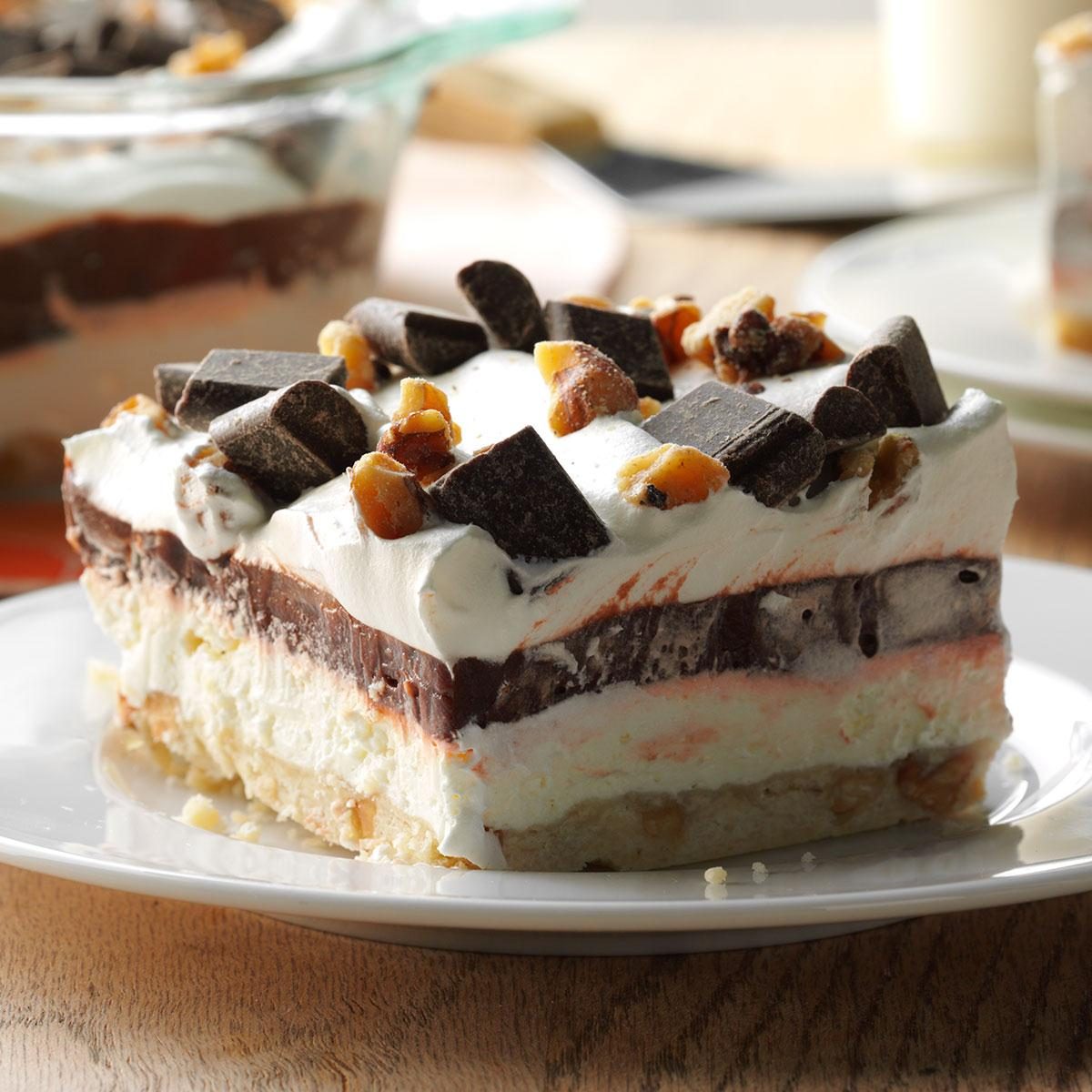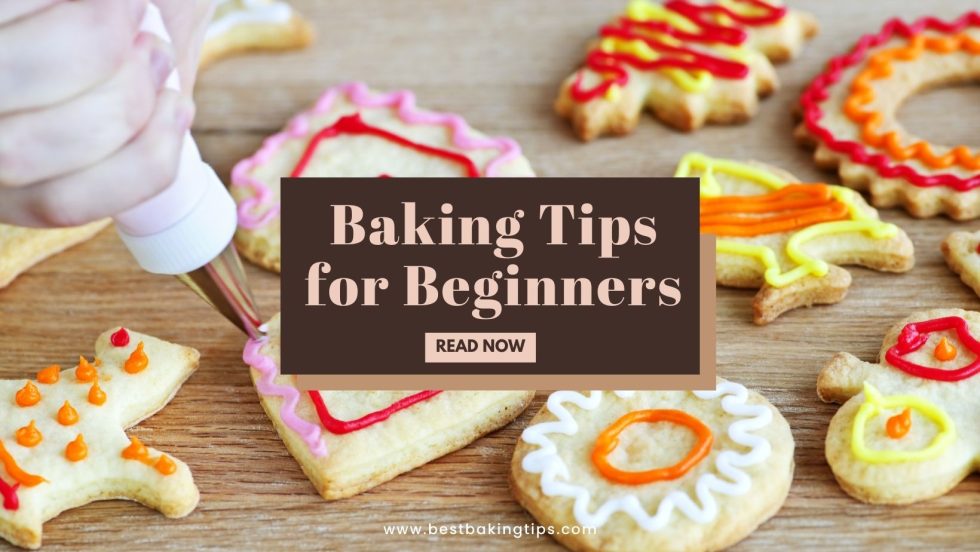How To Start Baking: Easy Beginner Recipes

Embarking on your baking journey is like stepping into a magical world where flour, sugar, and a pinch of creativity can transform into delightful treats. Whether you're looking to impress your friends with homemade goodies or simply want to enjoy the therapeutic process of baking, starting with beginner-friendly baking recipes is the way to go. This guide will walk you through essential baking tips for beginners, simple baking ideas, and easy baking recipes that will have you feeling like a pro in no time.
Getting Started: Essential Baking Tips for Beginners
Before diving into the recipes, let's cover some fundamental beginner baking techniques and tips to set you up for success.
Understanding Your Ingredients
Baking is a science, and understanding your ingredients is crucial. Flour, sugar, butter, and eggs are the building blocks of most baking recipes for beginners. Knowing how each ingredient behaves will help you achieve the perfect texture and flavor. For instance, using cold butter in pie crusts creates a flaky texture, while room temperature butter is ideal for creaming with sugar in cake recipes.
Measuring Accurately
Precision is key in baking. Unlike cooking, where you can adjust seasoning as you go, baking requires exact measurements. Invest in a good set of measuring cups and spoons, and consider using a kitchen scale for even more accuracy. Remember, a slight variation in ingredients can significantly affect the outcome of your baked goods.
Preheating Your Oven
Always preheat your oven to the required temperature before placing your batter or dough inside. This ensures even baking and helps your treats rise properly. An oven thermometer can be a handy tool to ensure your oven is at the correct temperature.
Reading the Recipe Thoroughly
One of the most important baking tips for beginners is to read the recipe from start to finish before you begin. This helps you understand the process, gather all necessary ingredients and tools, and avoid any surprises mid-way through your baking adventure.
Simple Baking Ideas for Beginners
Now that you have the basics down, let's explore some simple baking ideas that are perfect for beginners. These recipes are straightforward, require minimal equipment, and yield delicious results.
Classic Chocolate Chip Cookies

Who doesn't love a classic chocolate chip cookie? This recipe is a great starting point for any beginner. With just a few simple ingredients and steps, you can create a batch of warm, gooey cookies that will make your kitchen smell heavenly.
Ingredients:
- 1/2 cup unsalted butter, softened
- 1/2 cup granulated sugar
- 1/2 cup packed brown sugar
- 1 large egg
- 1 teaspoon vanilla extract
- 1 1/2 cups all-purpose flour
- 1/2 teaspoon baking soda
- 1/2 teaspoon salt
- 1 cup semisweet chocolate chips
Instructions:
- Preheat your oven to 375°F (190°C).
- In a large bowl, cream together the butter, granulated sugar, and brown sugar until light and fluffy.
- Beat in the egg and vanilla extract.
- In a separate bowl, combine the flour, baking soda, and salt.
- Gradually add the dry ingredients to the wet ingredients, mixing just until combined.
- Stir in the chocolate chips.
- Drop rounded spoonfuls of dough onto an ungreased baking sheet.
- Bake for 9-11 minutes, or until the edges are lightly golden.
- Allow the cookies to cool on the baking sheet for a few minutes before transferring them to a wire rack to cool completely.
Easy Banana Bread
Banana bread is a classic and one of the easiest baking recipes for beginners. It's a great way to use up overripe bananas and results in a moist, flavorful loaf that's perfect for breakfast or a snack.
Ingredients:
- 2 cups all-purpose flour
- 1 teaspoon baking soda
- 1/4 teaspoon salt
- 1/2 cup unsalted butter, softened
- 3/4 cup brown sugar
- 2 large eggs, beaten
- 2 1/3 cups mashed overripe bananas
Instructions:
- Preheat your oven to 350°F (175°C). Grease a 9x5-inch loaf pan.
- In a large bowl, combine the flour, baking soda, and salt.
- In another bowl, cream together the butter and brown sugar until light and fluffy.
- Stir in the eggs and mashed bananas until well combined.
- Gradually add the dry ingredients to the wet ingredients, mixing just until combined.
- Pour the batter into the prepared loaf pan.
- Bake for 60-65 minutes, or until a toothpick inserted into the center comes out clean.
- Allow the banana bread to cool in the pan for 10 minutes before transferring it to a wire rack to cool completely.
No-Knead Artisan Bread

If you're looking for simple baking ideas that impress, try this no-knead artisan bread. With minimal effort, you can create a beautiful, crusty loaf that's perfect for sandwiches or dipping in soup.
Ingredients:
- 3 cups all-purpose flour
- 1 1/2 teaspoons salt
- 1/2 teaspoon instant yeast
- 1 1/2 cups warm water
Instructions:
- In a large bowl, combine the flour, salt, and yeast.
- Add the warm water and stir until a shaggy dough forms.
- Cover the bowl with plastic wrap and let it rise at room temperature for 12-18 hours.
- Preheat your oven to 450°F (230°C) with a Dutch oven inside.
- Turn the dough out onto a lightly floured surface and shape it into a ball.
- Place the dough into the preheated Dutch oven, cover, and bake for 30 minutes.
- Remove the lid and bake for an additional 15-20 minutes, or until the bread is golden brown.
- Allow the bread to cool on a wire rack before slicing.
Mastering Beginner Baking Techniques
As you gain confidence with these easy baking recipes, you can start exploring more beginner baking techniques to elevate your skills.
Creaming Butter and Sugar
Creaming butter and sugar is a common technique in many baking recipes for beginners. This process involves beating softened butter and sugar together until the mixture is light and fluffy. Creaming incorporates air into the batter, resulting in a lighter, more tender final product.
Folding in Ingredients
Folding is a gentle mixing technique used to combine delicate ingredients, such as whipped egg whites or sifted flour, into a batter without deflating it. To fold, use a spatula to cut down vertically through the mixture, then sweep the spatula across the bottom of the bowl and up the side, folding the mixture over onto itself.
Kneading Dough
Kneading is a essential technique for developing gluten in bread dough, which gives the bread its structure and chewy texture. To knead, turn the dough out onto a lightly floured surface and use the heels of your hands to push the dough away from you. Fold the dough back over itself, give it a quarter turn, and repeat the process for the specified time.
Expanding Your Baking Horizons
Once you've mastered these beginner-friendly baking recipes and techniques, the world of baking is your oyster. Explore different types of baking, from delicate French pastries to hearty artisan breads. Don't be afraid to experiment with new ingredients and flavors, and always remember that practice makes perfect.
For more inspiration and advanced techniques, check out resources like King Arthur Baking and The Great British Baking Show. These platforms offer a wealth of recipes, tips, and tutorials to help you grow as a baker.
Conclusion
Embarking on your baking journey with beginner-friendly baking recipes is an exciting adventure filled with delicious rewards. By understanding your ingredients, measuring accurately, and mastering essential techniques, you'll be well on your way to creating mouthwatering treats. Remember, baking is a skill that improves with practice, so don't be discouraged by the occasional mishap. Embrace the process, experiment with new ideas, and most importantly, have fun!
Happy baking, and I can't wait to hear about your culinary adventures!
FAQs
What are some common mistakes beginners make when baking?
- Common mistakes include not measuring ingredients accurately, overmixing or undermixing batter, and not preheating the oven.
Can I use margarine instead of butter in baking recipes?
- While margarine can be used as a substitute, butter provides better flavor and texture in most baking recipes.
How do I know when my baked goods are done?
- Use a toothpick or cake tester inserted into the center of the baked good. If it comes out clean, your treat is done.
What is the difference between baking soda and baking powder?
- Baking soda is a base that reacts with acidic ingredients to create carbon dioxide, while baking powder contains both baking soda and an acid, making it a complete leavening agent.
Can I freeze baked goods?
- Yes, many baked goods can be frozen to extend their shelf life. Wrap them tightly in plastic wrap and then in aluminum foil before freezing.
0 Response to "How To Start Baking: Easy Beginner Recipes"
Post a Comment